Retro Replay Review
Gameplay
Escape delivers a tense, explorative experience that feels both classic and innovative. At its core, you navigate a sprawling labyrinth filled with hidden paths, deadly traps, and cunning teleporters. Every turn can lead to a new hazard—whether it’s a magic trap that saps your sanity or a bomb that obliterates nearby walls—so caution and curiosity must go hand in hand. The infinite supply of monsters ensures that no corridor is ever truly safe, keeping your reflexes and wits perpetually on edge.
(HEY YOU!! We hope you enjoy! We try not to run ads. So basically, this is a very expensive hobby running this site. Please consider joining us for updates, forums, and more. Network w/ us to make some cash or friends while retro gaming, and you can win some free retro games for posting. Okay, carry on 👍)
Resource management is a constant balancing act. You can carry up to eight items at once, forcing you to make strategic choices about which potions, scrolls, and weapons are essential for your current situation. Finding a powerful wand might tempt you to abandon that stack of bandages, but without enough healing supplies, a single misstep can be fatal. The inventory limitation introduces tension and depth, rewarding players who plan ahead and adapt on the fly.
Combat in Escape is deceptively simple, yet layered with nuance. Your character begins with zero health points, making the very first encounter a trial by fire. Surviving that initial gauntlet grants you more maximum health, creating a tangible sense of progression that persists throughout your journey. As you dispatch monsters, your resilience grows, and even the most fearsome foes become manageable. This dynamic risk-and-reward loop keeps every skirmish engaging and meaningful.
Graphics
Visually, Escape embraces a medium-resolution, retro aesthetic that evokes the golden age of dungeon crawlers. Coded entirely in assembler, the game runs with remarkable smoothness, even when the screen is filled with animated traps and frenzied enemies. The minimalist color palette may at first seem austere, but it cleverly uses contrast to highlight crucial elements—glowing teleporters, blood-red traps, and glittering loot stand out against the dimly lit corridors.
Character and monster sprites are crisply defined despite their small size, each design instantly recognizable. Bombs flash with an alarming red outline before detonation, and magic traps shimmer with an eerie purple haze, giving you just enough visual warning to react. Environmental details like cracked stone floors and moss-covered walls lend the maze a grim, lived-in atmosphere. Far from feeling dated, the graphics’ simplicity contributes to a timeless, almost hypnotic quality.
The lack of modern graphical flourishes is a deliberate strength. By stripping back to essentials, Escape ensures that you never lose sight of the maze itself. Screen transitions are instant, and texture loading times are nonexistent. Whether you’re playing on vintage hardware or emulation, the performance remains rock-solid, making it easy to immerse yourself without distraction.
Story
Escape doesn’t bombard you with exposition or cinematic cutscenes. Instead, it offers a sparse narrative framework: you are trapped in an ever-shifting labyrinth, and your only goal is to find the exit. This minimalist approach puts the emphasis squarely on player-driven discovery. As you collect ancient scrolls and decode cryptic inscriptions, fragments of lore begin to surface, hinting at a bygone civilization that constructed this maze as a test of worthiness.
Monsters themselves contribute to the emergent storytelling. Each new creature type—from skeletal guardians to wraith-like specters—suggests the trials that previous explorers have faced. The labyrinth’s shifting architecture and randomly placed obstacles reinforce the idea that this is no ordinary dungeon but a living entity that resists your progress. In this way, the story unfolds through gameplay, rewarding persistence and curiosity over passive observation.
Though the narrative is intentionally vague, it’s rich with atmospheric detail. A tattered journal entry found near a locked door might warn of “the curse of endless night,” while a half-burned scroll hints at a hidden chamber brimming with untold riches. These storytelling breadcrumbs ensure that every new hallway and hidden alcove feels layered with meaning, encouraging you to piece together the maze’s dark history as you advance.
Overall Experience
Escape is a masterclass in tension and reward. The steep initial difficulty curve—starting with zero health—may frustrate some players, but it also makes each hard-won milestone feel genuinely earned. As your maximum health climbs and your inventory grows, you gain a real sense of empowerment that keeps you coming back for “just one more run.”
Despite its retro roots, Escape feels remarkably fresh. The blend of assembler-coded performance, strategic inventory management, and procedurally varied maze layouts creates a deeply replayable experience. Every session unfolds differently, thanks to randomized trap placements and monster spawns, so even veteran explorers can look forward to new surprises.
For players who appreciate old-school RPG mechanics wrapped in a modern package, Escape hits the mark. It demands patience, critical thinking, and a willingness to learn from failure. If you’re ready to embrace a challenging, atmospheric adventure with minimalist storytelling and relentless gameplay, Escape is a journey well worth undertaking.
 Retro Replay Retro Replay gaming reviews, news, emulation, geek stuff and more!
Retro Replay Retro Replay gaming reviews, news, emulation, geek stuff and more!
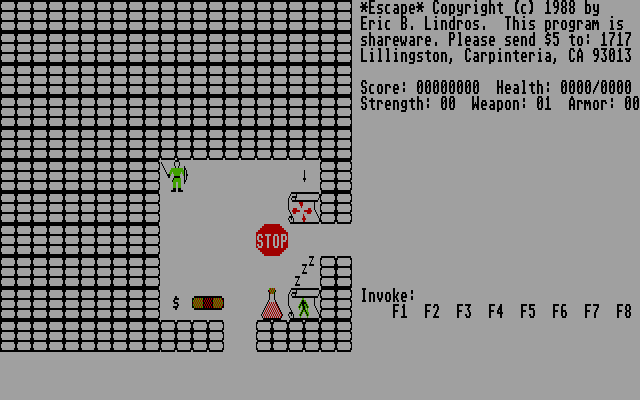
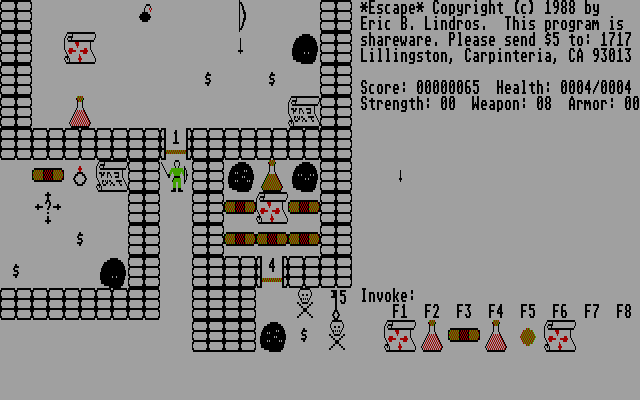
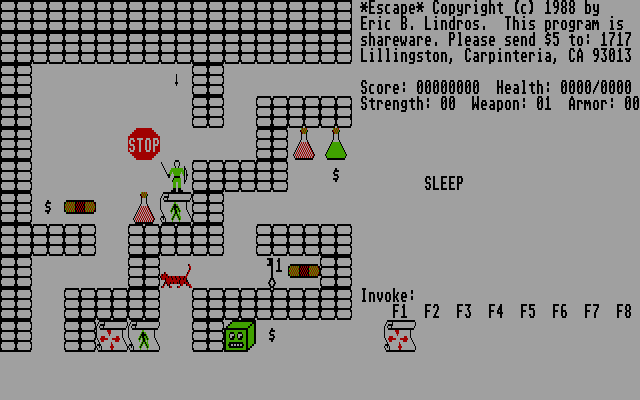
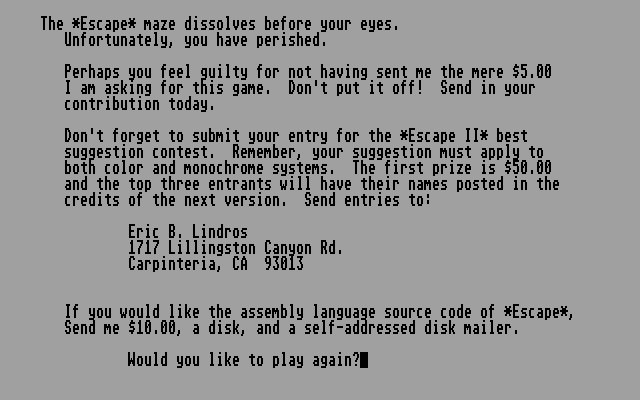

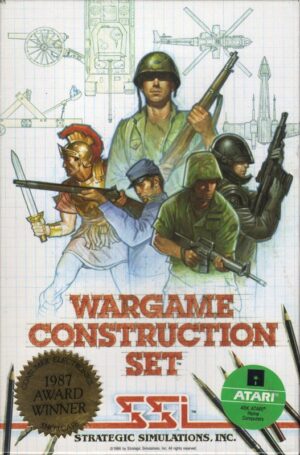

Reviews
There are no reviews yet.